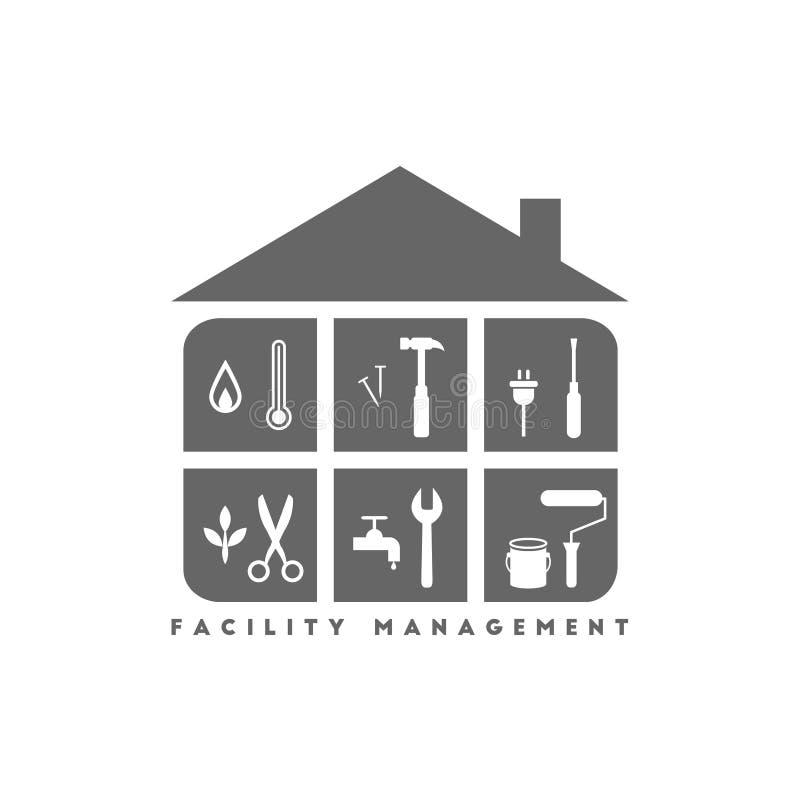How Total Facility Management Improves Upkeep and Operations
Total Facility Management (TFM) represents a transformative shift in just how companies approach upkeep and operations. By leveraging data-driven strategies and incorporated technology, TFM not only expects and mitigates prospective concerns yet also optimizes source allowance and improves performance.
Enhanced Maintenance Approaches
Improved Maintenance Techniques are essential for maximizing the performance and long life of facilitiess. These methods encompass an organized strategy to upkeep that emphasizes positive steps, predictive analytics, and condition-based surveillance. By executing such methods, organizations can efficiently decrease unintended downtimes and decrease functional disruptions.
One essential component of boosted upkeep is the use of data-driven decision-making tools. These tools enable facility managers to analyze historic efficiency information, recognize patterns, and forecast prospective failures before they occur. This predictive maintenance strategy not only extends the life process of devices yet additionally boosts safety and security and conformity standards.
Encouraging and educating upkeep personnel are similarly crucial in carrying out improved approaches (Total Facility Management). Well-trained personnel can bring out routine evaluations and address minor problems prior to they intensify. Furthermore, embracing a thorough asset management system helps with tracking of devices standing, upkeep background, and scheduling of safety nets
Streamlined Operational Workflows
Maximizing operational operations is crucial for the general efficiency of facility management. By executing streamlined procedures, companies can lower redundancies, reduce hold-ups, and boost efficiency. A well-structured operational process permits facility managers to assign sources efficiently, guaranteeing that jobs are finished in a timely manner.
Utilizing facilitiess management software program can automate regular tasks such as work order management, inventory tracking, and scheduling. Clear communication channels amongst group participants foster cooperation and responsibility, additionally improving operational efficiency.
Systematizing procedures is an additional vital part. Establishing best techniques aids make sure that all team member are lined up in their approach, lowering the chance of mistakes and enhancing solution distribution. Normal training and updates on process procedures additionally play an important role in maintaining uniformity and efficiency.
Inevitably, streamlined functional process add to a much more responsive facility management system, enabling companies to concentrate on calculated campaigns instead than being slowed down by management concerns. By focusing on performance, facility managers can dramatically enhance the overall performance of their operations.
Proactive Problem Resolution

Routine assessments and monitoring systems play a vital function in this process, enabling facility supervisors to collect information and prepare for possible failures. Furthermore, fostering open interaction channels among team members motivates the early reporting of issues, even more facilitating Read Full Article prompt resolutions.
Implementing a thorough facility management software program can enhance the tracking of upkeep activities and issue reporting, offering beneficial understandings into repeating troubles and their origin creates. This data-driven method enables for educated decision-making and prioritization of sources.
Ultimately, proactive concern resolution not only protects the integrity of facility procedures but likewise improves employee fulfillment and safety. By purchasing approaches that focus on avoidance, organizations can produce a much more effective and resistant operational setting, establishing a strong structure for future development and success.
Cost Performance and Source Management
Exactly how can companies attain an equilibrium in between cost effectiveness and reliable source management in facility procedures? The combination of total facility management (TFM) supplies a strategic structure that improves monetary efficiency go to website while enhancing resource appropriation. By consolidating solutions, organizations can enhance operations, minimize redundancies, and utilize economic situations of range.
Efficient resource management begins with a detailed evaluation of existing properties and operational procedures. Utilizing data analytics, companies can determine underutilized sources and address inadequacies. This informed technique makes it possible for the application of targeted maintenance timetables, thus prolonging property life and decreasing unintended downtime.
Educating and growth of facility management employees additionally boost expense effectiveness by outfitting them with the abilities needed to manage sources carefully. Eventually, by taking on an all directory natural strategy to facility management, companies can attain considerable price financial savings while making certain that functional efficiency stays a leading priority.
Sustainability and Ecological Impact
The assimilation of total facility management (TFM) not just enhances expense effectiveness however likewise plays a crucial duty in advertising sustainability and minimizing environmental impact. By adopting a holistic approach to facility operations, TFM facilitates the execution of lasting techniques that reduce source usage and waste generation.
One of the key parts of TFM is the optimization of power use. This consists of the fostering of energy-efficient modern technologies, regular maintenance of heating and cooling systems, and the application of smart structure management systems. These actions not just lower utility prices yet likewise dramatically decrease greenhouse gas exhausts.
Additionally, TFM promotes making use of sustainable products in facility maintenance and remodelling projects. By focusing on environment-friendly products and methods, facilitiess can decrease their total environmental impact while fostering much healthier indoor environments.

Conclusion
In verdict, Total Facility Management considerably enhances maintenance and procedures through organized methods that emphasize predictive analytics and condition-based monitoring. TFM promotes lasting techniques, ultimately leading to enhanced facility management end results and a culture of constant improvement within companies.
Total Facility Management (TFM) represents a transformative shift in just how companies approach upkeep and operations. Utilizing facilitiess management software can automate routine tasks such as job order management, supply monitoring, and scheduling.Just how can companies achieve an equilibrium in between price efficiency and efficient resource management in facility operations? The integration of total facility management (TFM) provides a strategic structure that improves economic efficiency while enhancing resource allotment.In conclusion, Total Facility Management substantially boosts upkeep and operations through systematic techniques that emphasize anticipating analytics and condition-based tracking.